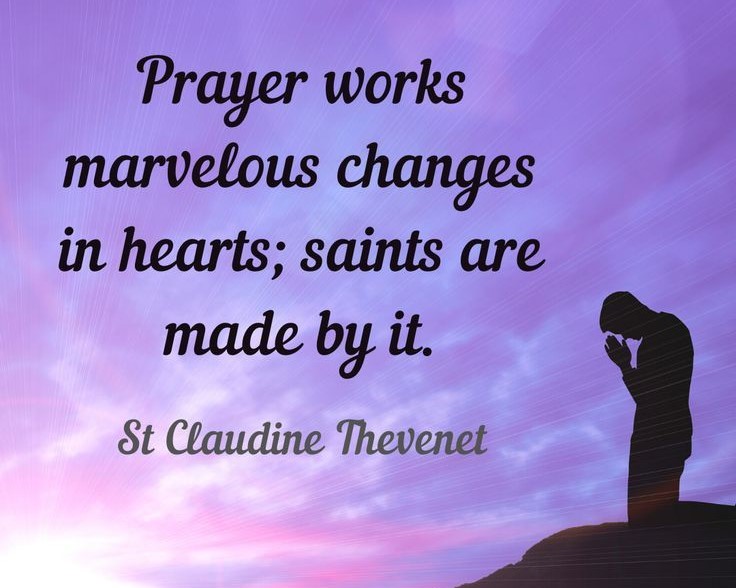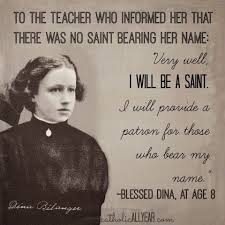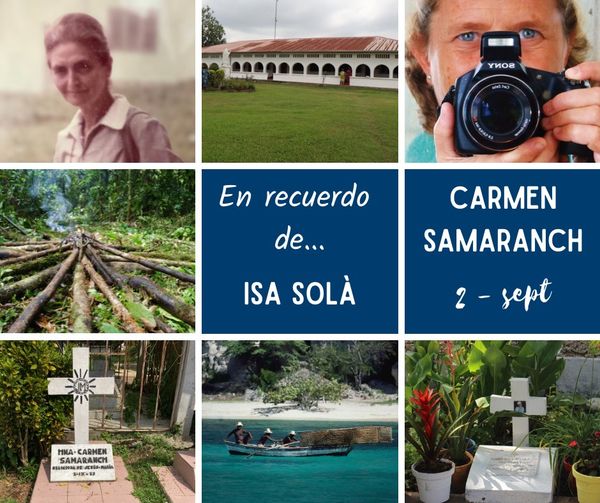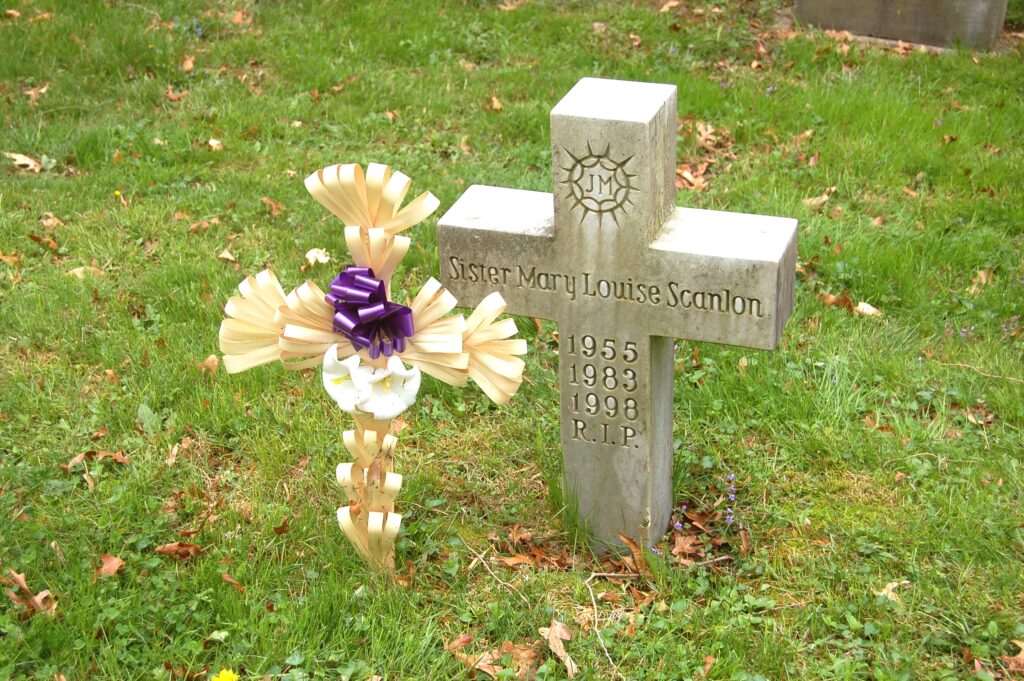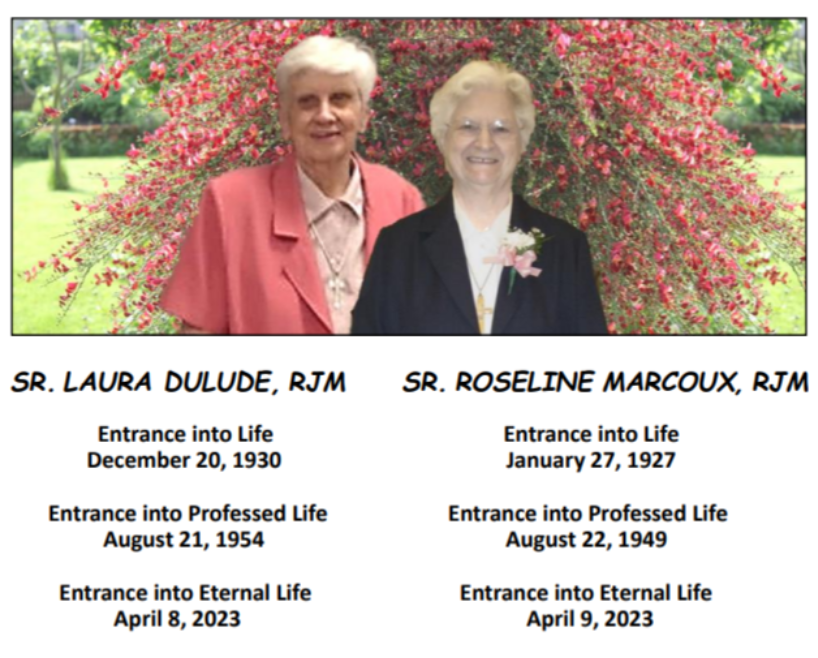As we are filled with the many feelings of Hallow-tide, the Religious of Jesus and Mary are pausing to take time this November to remember those who have gone before us marked with the sign of faith. We will recall Saint Claudine Thévenet and Blessed Dina Bélanger, who are counted among the saints of the Church, but we will also remember holy and exceptional sisters like Isa Solà and Carmen Samaranch as well as the multitude of RJM who have quietly and humbly lived lives of holiness and service.
The month of November, especially the first few days, holds a special place in the liturgical cycle of the Catholic Church.
As the Northern Hemisphere harvest season begins to wrap up and as the Autumnal Equinox has passed and the days are getting shorter and colder as our planet makes its way around the sun heading towards the shortest day of the year in December, the Church wisely pauses to meditate on death.
November 1st marks a solemnity and holy day of obligation known as All Saints. This beautiful commemoration allows us to reflect on the concept of sainthood and holiness and to go beyond the famous saints who we often remember in detail on their personal feast days. On All Saints, we have an opportunity to remember the many women and men who the Church has canonized and beatified over the centuries, but who are often only known by small numbers of Christians. All Saints also allows us to recall that sainthood is about more than just those on the Church’s Calendar of Saints or recorded in the Roman Martyrology, the saints are actually all those holy men and women of history who are now with God in the heavenly paradise. The Letter to the Hebrews describes these sainted people as “a cloud of witnesses” that surrounds us as we pursue holiness. The Book of Revelation paints the picture of them as a great multitude from every nation on earth, too large count, clothed in white, gathered around the Lamb of God and singing praises.
What a joyful feast that the Church calls all the faithful to observe every year!
But, the solemnity of All of Saints does not stand alone. Over time, the Church and Christian societies have given us a “Hallow-tide” … a season of holiness!
We know that for a number of cultural reasons the celebration of Halloween, or All Hallows’ Eve, developed on October 31st as a day to laugh at evil and death and to celebrate. Especially in North America, this has led to the customs of Halloween costumes and trick-or-treating. As believers, this is an important prelude to the feast of All Saints, because our faith promises us that Christ has conquered evil and vanquished death. All Saints Day allows us to celebrate those who have lived lives of holiness, as each of us is called to do, and to be comforted that multitudes of our predecessors and ancestors watch over us in blessed peace and utter joy as part of the Communion of Saints.
The Hallow-tide, does not end with simply remembering those dead who we have great certainty of their holiness. November 2nd is known as All Souls’ Day, or the Commemoration of all the Faithful Departed. All Souls allows us to remember death with a sense of hope as we recognize that we humans are not perfect and we often fall down on our journeys towards holiness.
On All Souls’ Day, the Church calls us to remember all those who have died, regardless of how they may have lived their lives, and to focus on God’s loving mercy and forgiveness. Perhaps the parable of the prodigal son with the father who embraces his son with forgiveness and celebrates his return home with a feast is an ideal way to capture what we recall on All Souls.
As Christians, we live in humble hope that our Father will have mercy on us when we face our own mortal deaths and stand before God in judgement. So, on All Souls’ Day, we make a special effort to pray for all of those who have died, regardless of the failings and mistakes of their lives, and we pray fervently that God’s mercy will bring them too into paradise.
Hallow-tide is a time of remembering, not only death, but those who have died, especially those who have died recently or who are part of our immediate families and communities.
In Mexico, the customs of el Dia de los Muertos (the Day of the Dead) have developed on Nov. 2nd. These folk customs involve visiting cemeteries, leaving food offerings in honor of dead loved ones, and creating memorial altars in homes called ofrendas where photos and other mementos of deceased loved ones are placed among flowers and treats to celebrate and be close to those who have gone before us.
These beautiful traditions come just before the United States celebrates the holiday of Veterans’ Day on Nov. 11th, when the nation pauses to remember all of the men and women who have given service in the wars that our this nation has engaged in. In some ways, this civic holiday mirrors our Church’s holy day as it honors service, remembers especially the sacrifices of the dead, and renews our national commitment to the hope of peace.
These opportunities to remember those who have gone before us, heroes and sinners alike, is a special time in the religious orders and congregations of the Church. Many large orders like the Franciscans and Jesuits have separate feast days in November to honor specifically the sainted members of their communities. Other congregations take time to honor and recall stories of the faithful sisters and brothers who have passed away recently.
Over the coming days, we will be adding additional content to our website (www.rjmusa.org) to better highlight our sisters who are saints and heroes and to reflect and remember sisters who were humble and quiet in their holy ministries.
All of these Religious of Jesus and Mary have been women committed to making God’s merciful goodness known in a broken world. We hope that you will be inspired by them, that you will pray for and with them, and that you might feel called to be part of the community in mission that carries the RJM legacy forward in the world of today!


